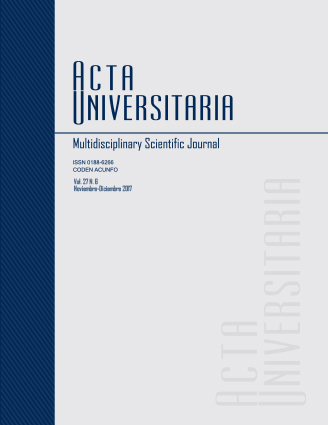Estudio multidisciplinario de las enfermedades profesionales de pianistas y guitarristas y su asociación con los niveles de ansiedad en una universidad mexicana
Publicado 2018-02-26
Palabras clave
- Occupational diseases of musicians,
- musculoskeletal disorders,
- performance anxiety,
- guitarists,
- pianists.
- Enfermedades profesionales del músico,
- trastornos musculoesqueléticos,
- ansiedad,
- guitarristas,
- pianistas.
Cómo citar
Resumen
La condición física del aparato motor del intérprete está determinada por los hábitos correctos que un músico obtiene al inicio de su formación profesional. Un gran porcentaje de músicos instrumentistas tienen problemas de salud originados por su actividad profesional. El objetivo de este trabajo es identificar trastornos musculoesqueléticos en pianistas y guitarristas y determinar su asociación con los niveles de ansiedad. Se evaluaron 36 pianistas y guitarristas, de ambos sexos. El diagnóstico médico se hizo mediante el cuestionario Nórdico para muñeca y mano, la valoración psicológica mediante la Escala de Ansiedad Manifiesta en Adultos. Los participantes tenían una media de edad de 24.5 (± DE 24.5 ± 7.6) años, 26 músicos tuvieron al menos un signo de patología: tendinitis, síndrome de túnel del carpo, contractura muscular, artritis reumatoide. Los niveles de ansiedad fueron: baja 14%, esperada 39%, elevación leve 30% y clínicamente significativa 17%. La presencia de algún trastorno musculoesquelético no se asoció con los niveles de ansiedad. Se concluyó que la ansiedad, hipersensibilidad y preocupaciones sociales podrían no estar relacionadas con la aparición y el desarrollo de enfermedades típicas de los estudiados. De acuerdo a la evaluación ortopédica, la presencia de anormalidades musculoesqueléticas se encuentra relacionada con la ejecución instrumental.

